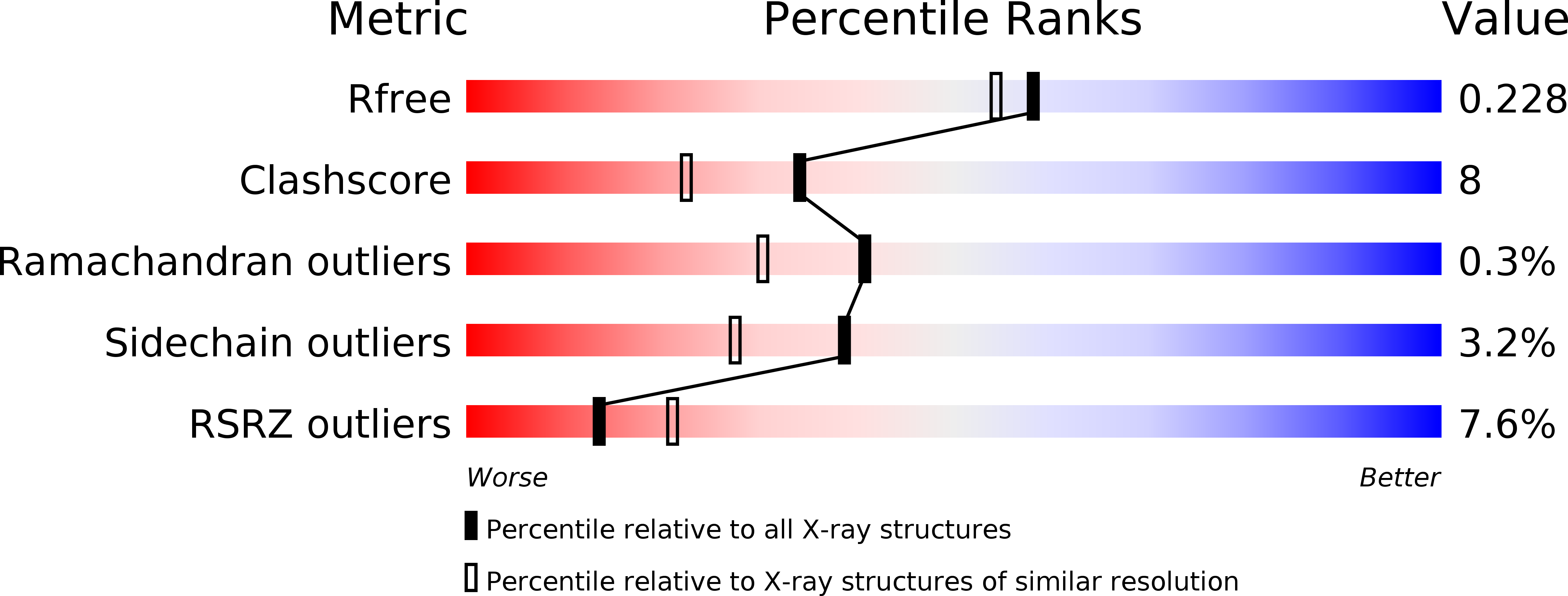
Deposition Date
2009-12-08
Release Date
2010-03-31
Last Version Date
2023-11-22
Entry Detail
PDB ID:
3KZM
Keywords:
Title:
Crystal structure of N-acetyl-L-ornithine transcarbamylase complexed with carbamyl phosphate
Biological Source:
Source Organism:
Xanthomonas campestris pv. campestris (Taxon ID: 190485)
Host Organism:
Method Details:
Experimental Method:
Resolution:
1.95 Å
R-Value Free:
0.23
R-Value Work:
0.19
Space Group:
I 21 3


